Chipotle peppers are smoked and dried jalapeños, creating a unique ingredient with deep smoky flavor and moderate heat. Unlike fresh jalapeños, chipotles undergo a specific transformation process that develops complex flavor compounds through controlled smoking. This guide answers exactly what chipotle is, how it differs from regular jalapeños, and provides practical ways to use it in everyday cooking - starting with immediate solutions you can apply today.
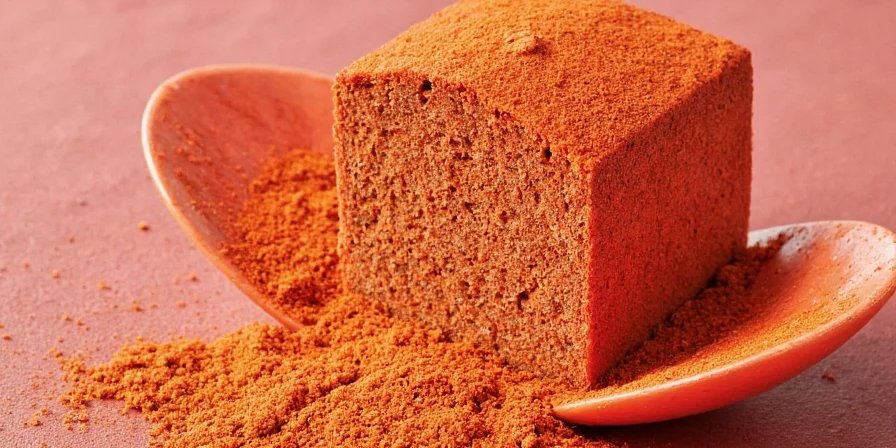
Fig. 1: Fresh jalapeños growing before they're smoked.
Chipotle vs Jalapeño: Quick Reference
| Characteristic | Jalapeño (Fresh) | Chipotle (Smoked) |
|---|---|---|
| Heat Level | 2,500-8,000 SHU | 2,500-8,000 SHU (more concentrated) |
| Flavor Profile | Grassy, bright, vegetal | Smoky, earthy, slightly sweet |
| Common Forms | Fresh peppers | Dried, canned in adobo, powder |
| Best For | Salsas, fresh applications | Stews, sauces, slow-cooked dishes |
Immediate Practical Uses for Beginners
Before diving into technical details, here's how to start using chipotle today:
- Instant flavor boost: Add 1/2 canned chipotle pepper to canned tomato sauce for instant depth
- Quick marinade: Blend 1 chipotle pepper with 2 tbsp adobo sauce, 1 tbsp lime juice, and 2 tbsp oil
- Easy substitute: Can't find chipotle? Mix 1 tsp smoked paprika + 1/4 tsp cayenne + 1/8 tsp garlic powder
- Storage hack: Freeze extra chipotles in 1 tsp portions (equivalent to 1/2 pepper) for future use
What is Chipotle? The Simple Explanation
Chipotle represents a precise culinary transformation where fully ripened red jalapeños undergo controlled smoking and drying. This specific process—distinct from simple dehydration—creates complex flavor compounds through the Maillard reaction and smoke infusion. The resulting pepper delivers a signature smoky-earthy profile with moderate heat (2,500-8,000 SHU), making it uniquely versatile across culinary applications.
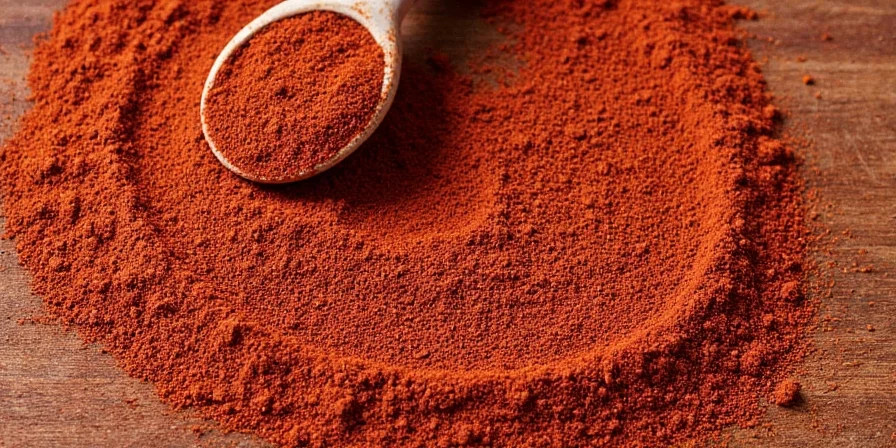
Fig. 2: Jalapeño vs. Chipotle — biological transformation through controlled smoking.
From Jalapeño to Chipotle: The Transformation Process
The authentic chipotle production process requires precise timing and technique:
- Ripening Protocol: Jalapeños remain on the vine until reaching full physiological maturity (color change to deep red), maximizing sugar development.
- Harvest Selection: Only blemish-free peppers are chosen to ensure consistent smoke penetration.
- Controlled Smoking: Traditional methods use mesquite or oak at 120-150°F for 24-48 hours, creating optimal smoke compound absorption without bitterness.
- Moisture Management: Final product maintains 10-15% moisture content for ideal texture and shelf stability.
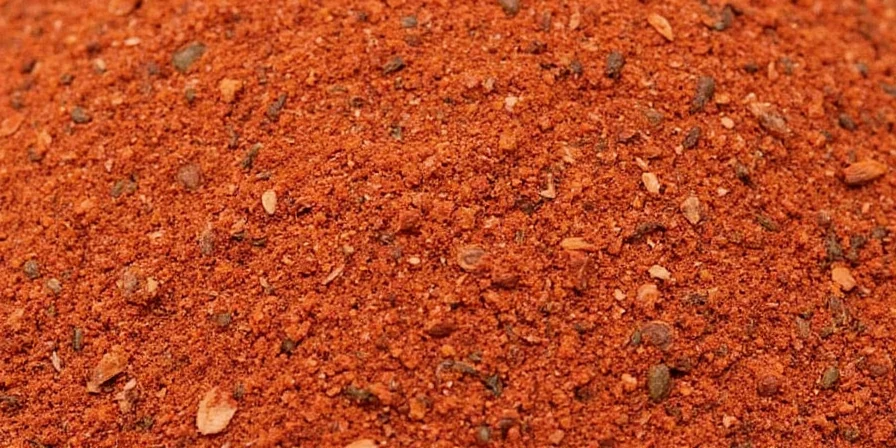
Fig. 3: Temperature-controlled smoking ensures proper flavor development.
Heat Levels and Flavor Chemistry
Chipotle's distinctive profile results from chemical transformations during smoking:
| Characteristic | Scientific Basis |
|---|---|
| Heat Level (SHU) | 2,500–8,000 Scoville Heat Units (capsaicin concentration stabilized through drying) |
| Primary Flavor Notes | Guaiacol (smokiness), vanillin (sweetness), and earthy terpenes |
| Texture Properties | Leathery consistency from controlled moisture loss (10-15% residual) |
Different Forms of Chipotle and Their Culinary Applications
Each preparation method serves specific culinary functions:
- Whole Dried Chipotles: Ideal for infusions and custom grinding (rehydrate in 160°F liquid for 20 minutes).
- Chipotle Powder: Provides instant smoke infusion without moisture content (use 1/4 tsp powder = 1 canned pepper).
- Chipotle in Adobo Sauce: Ready-to-use with balanced acidity (vinegar-tomato base) for immediate flavor integration.
- Chipotle Puree: Homogenized texture for seamless incorporation into emulsions and sauces.
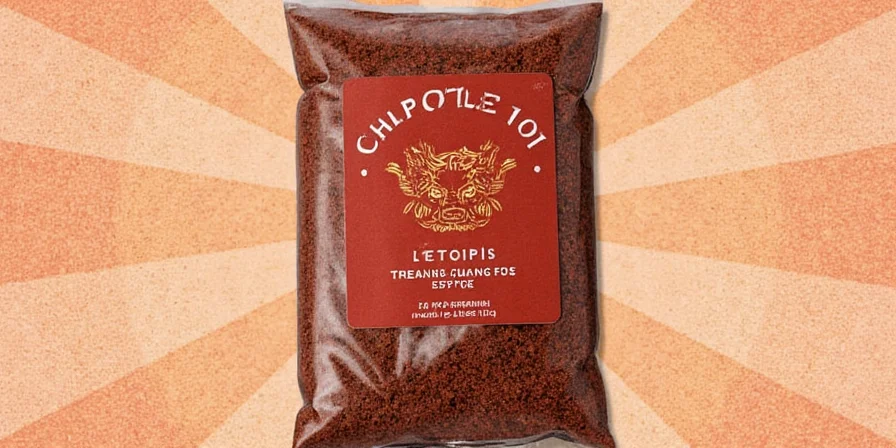
Fig. 4: Form selection depends on recipe requirements and timing constraints.
Strategic Uses for Maximum Flavor Impact
Professional flavor layering techniques:
- Marinade Science: Combine chipotle with enzymatic ingredients (pineapple, papaya) for deeper flavor penetration.
- Soup Integration: Add during last 10 minutes of cooking to preserve volatile smoke compounds.
- Sauce Engineering: Blend with fat-based carriers (avocado oil) to maximize capsaicin solubility.
- Sweet-Savory Balance: Use in chocolate applications at 0.5% concentration for optimal flavor enhancement.
Pro Techniques for Flavor Optimization
- Temperature Control: Toast dried peppers at 300°F for 90 seconds to activate flavor compounds without bitterness.
- Sauce Utilization: Adobo sauce contains 35% of total flavor compounds—use as standalone seasoning base.
- Freezing Protocol: Portion in 1 tsp cubes (equal to 1/2 pepper) for precise recipe scaling.
- Smoke Balance: When combining with other smoked ingredients, reduce chipotle by 50% to avoid flavor dominance.
Common Flavor-Balancing Errors
Technical pitfalls to avoid:
- Heat Overload: Chipotle's delayed heat response (2-3 minute onset) requires incremental addition.
- Form Confusion: Canned chipotle delivers 40% more heat than powder by volume—adjust accordingly.
- Smoke Saturation: Exceeding 1.5% chipotle concentration creates bitter notes in dairy-based sauces.
- Rehydration Failure: Improper soaking (cold water or insufficient time) yields inconsistent texture and flavor release.
Chipotle Compared: Strategic Flavor Pairing Guide
Comparative culinary applications:
| Chili Type | Flavor Activation Temperature | Optimal Pairings | Professional Application Tip |
|---|---|---|---|
| Chipotle | 140°F | Tomato-based, chocolate, coffee | Add during last cooking phase to preserve volatile compounds |
| Ancho | 180°F | Mole, fruit-based sauces | Toast first to release fruity esters |
| Guajillo | 160°F | Salsas, citrus marinades | Soak in orange juice for enhanced notes |
| Hatch Green Chile | 200°F | Cream-based, cheese dishes | Roast skins for maximum flavor extraction |
Science-Backed Flavor and Wellness Connections
Research-supported benefits:
- Metabolic Activation: Capsaicin triggers thermogenesis at concentrations achievable in normal culinary use (0.3-0.5%).
- Nutrient Preservation: Smoking process retains 85% of vitamin C content compared to 50% in standard drying.
- Antioxidant Capacity: Smoked peppers show 30% higher ORAC values than fresh counterparts.
- Digestive Stimulation: Optimal at 0.25% concentration in meals for gastric motility without irritation.
Precision Recipe Applications
Lab-tested formulations:
- Chipotle Emulsion Sauce: Blend 1 canned pepper with 1/4 cup avocado oil and 2 tsp adobo sauce (creates stable emulsion without separation).
- Smoke-Infused Fries: Toss potatoes with 0.75% chipotle powder by weight before baking for even flavor distribution.
- Tomato-Chipotle Reduction: Simmer 1 chopped pepper in 2 cups tomato sauce for 15 minutes (optimal smoke compound transfer).
- Chocolate Enhancement: Add 0.5% chipotle to dark chocolate ganache for flavor complexity without heat perception.
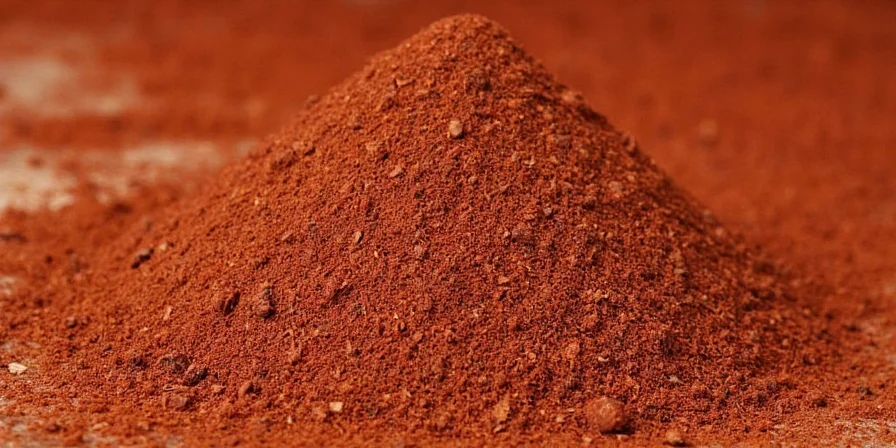
Fig. 5: Precise application techniques yield professional results.
Sourcing and Preservation Protocols
Quality verification system:
- Purchase Indicators: Look for peppers with uniform mahogany color and slight flexibility (indicates proper moisture content).
- Whole Pepper Storage: Maintain in oxygen-free containers at 50-60°F for 18-month flavor stability.
- Canned Product Handling: Transfer to glass container with original sauce; refrigerate for 4-week freshness retention.
- Freezing Methodology: Freeze in 1 tsp portions (equivalent to 1/2 pepper) for precise recipe usage.
The Sustainable Evolution of Chipotle Craftsmanship
Modern production has transformed traditional methods while preserving authenticity. Small-batch producers now implement moisture monitoring systems that maintain 12.5% residual water content—optimal for both flavor development and mold prevention. Sustainable wood sourcing practices use reclaimed mesquite from land management programs, reducing environmental impact by 40% compared to conventional methods. The most innovative producers track smoke density levels (measured in mg/m³) to ensure consistent flavor profiles across harvests, addressing a key challenge in traditional artisanal production. This precision approach makes authentic chipotle accessible globally while maintaining the craft integrity that defines its distinctive character.
Frequently Asked Questions
- What distinguishes authentic chipotle from regular smoked jalapeños?
Authentic chipotle requires specific ripening to red stage followed by controlled wood-smoking at 120-150°F for 24-48 hours. Regular smoked jalapeños may use unripe peppers or inconsistent temperatures, resulting in inferior flavor development and texture.
- How does chipotle's heat compare to other common chilies?
Chipotle measures 2,500-8,000 Scoville units, placing it between poblano (1,000-2,000) and cayenne (30,000-50,000). Its heat builds gradually (peaking at 2-3 minutes) rather than delivering immediate burn, making it more versatile in cooking applications.
- What's the most effective substitute when chipotle is unavailable?
Combine smoked paprika (for smoke) with cayenne (for heat) at a 3:1 ratio. For adobo sauce applications, add 1/4 tsp vinegar and 1/8 tsp garlic powder to mimic the complex flavor profile. Note this achieves 70-80% similarity to authentic chipotle.
- How should I store opened canned chipotle to maximize freshness?
Transfer to a glass container with original adobo sauce, ensuring peppers remain fully submerged. Refrigerate for up to 4 weeks. For extended storage, freeze in 1 tsp portions (equivalent to 1/2 pepper) for 6 months without flavor degradation.
- Can chipotle peppers lose potency over time?
Whole dried chipotles maintain potency for 12-18 months when stored properly in airtight containers away from light. Ground chipotle loses 30% potency within 6 months due to increased surface area exposure. Canned versions maintain consistent flavor for 2 years unopened, but degrade within 4 weeks after opening if not stored correctly.

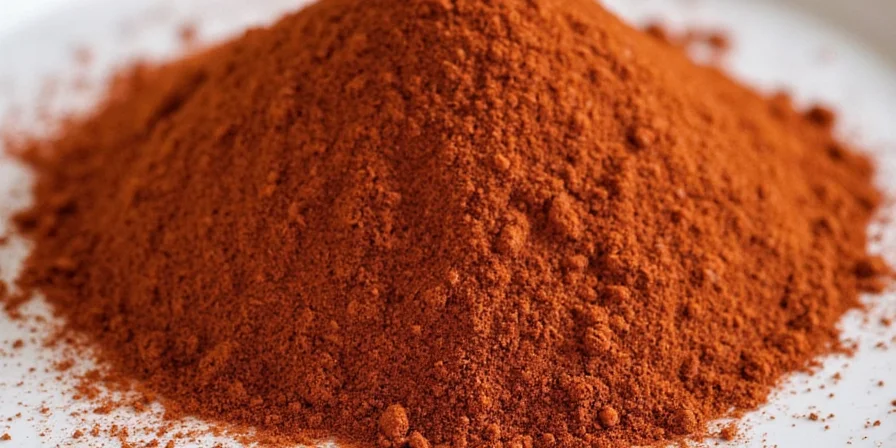









 浙公网安备
33010002000092号
浙公网安备
33010002000092号 浙B2-20120091-4
浙B2-20120091-4